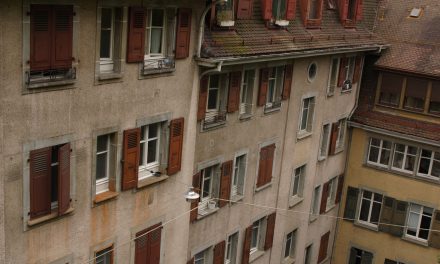Thousands of illegal rental units exist in a city like Los Angeles or San Francisco, where rental inventory is tight.
Some landlords purchase a property unaware that one or more of their income-producing units is actually an illegal or non-conforming rental unit (an unwelcome discovery avoided by the buyer’s due diligence). Others knowingly choose to circumvent the permitting process to save the money needed to hire a contractor to build a unit to code.
Rules about illegal units vary from city to city. But most locales require these units to either be:
- brought to code and receive a certificate of occupancy; or
- eliminated.
However, landlords are hesitant to come forward, since doing so may result in a citation, fine and the loss of rental income.
Rental shortage
California’s average rental vacancy rate was a rock bottom 3.6% in 2016. Meanwhile, California’s population continues to rapidly outpace new residential construction. In 2012, 187 new units were added per 1,000 new arrivals in Los Angeles, according to Zillow. 193 new units were added per 1,000 new arrivals in San Francisco.
In California, rental availability is reaching a crisis level. Renters pay the price, either by paying excessively high rent or being forced in with roommates to cover the increased rent. As renters spend more of their paycheck on rent, less is left over to save or put towards a down payment.
California is attempting to alleviate the burden on renters by smoothing the way for homeowners to add legal units, called accessory dwelling units (ADUs) or casitas. New laws eliminate parking requirements for small ADUs and limit setback requirements.
Convert illegal units — or don’t
Landlords who don’t receive a certificate of occupancy and properly register their rental property with the local government open themselves to liability. This makes it difficult for landlords to receive the full protection of the law when it comes to collecting past due rent or evicting tenants. Informing tenants of the unit’s non-conforming status is not enough to release the landlord from liability. [Carter v. Cohen (2010) 188 CA4th 1038]
Other disadvantages to being landlord to a non-conforming unit include:
- a lower resale value on the home;
- a lower rent rate;
- the potential for fines levied by the city upon discovery; and
- the likelihood of lost rents upon city discovery.
However, converting an illegal unit and receiving a certificate of occupancy can be costly, too.
In most cases, landlords will need to consult an attorney familiar with land-use regulations. Then, they can hire a contractor to bring the unit up to local codes. Once it meets regulations, a trip to the local planning office is needed to receive the certificate of occupancy.
All of this takes time, money and dealing with multiple layers of red tape. But the result is a higher property value by hundreds of thousands of dollars.
It’s difficult to estimate how many illegal units exist in any city, since these units are strictly off the books. But at a time when demand for rentals is easily eclipsing available units, commercial landlords and mom and pop homeowners alike are eager to cash in. In 2014, the Los Angeles Times estimated Los Angeles officials discover 600-700 illegal units each year — that’s equal to 5% of the number of new multi-family units constructed that year.
More multi-family conversions will provide additional, needed dwellings for our constantly growing rental population. There are benefits for both property owners and tenants—but the upfront investment of time and money continue to deter owners from taking the necessary steps.
Related article:














